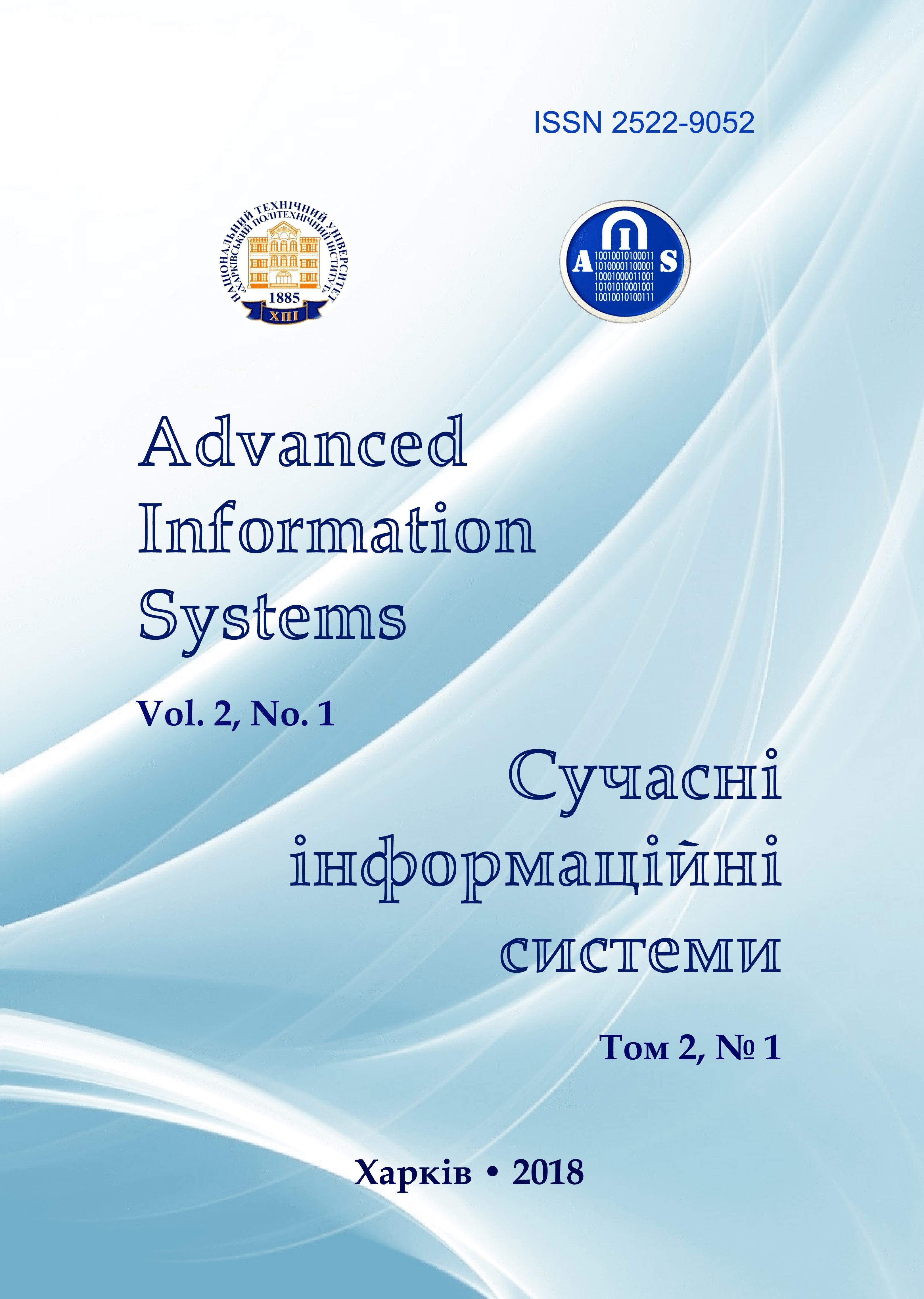APPLICATION OF THE STRUCTURAL-ALGORITHMIC ANALYSIS METHOD FOR MODELING WORK DUTY SHIFT AREA CONTROL CENTERS
Main Article Content
Abstract
Development and implementation new service ways in the air traffic services system are connected with the solution of complex tasks researching the features of familiar business models of duty shift and determination the direction of their development. The purpose of the article is to analyze the existing business model of area control centers of air traffic controllers and search areas for their improvements. It is shown that insufficiently addressed issues relating to the problems of interaction between the air traffic controllers among themselves and with automation tools. In this regard, the harmonization of the business models is needed in order to research, process information and training tasks, that takes into consideration the requirements of visibility and accessibility, while maintaining the possibility of analytical and experimental studies. To improve the business model of the area control center duty shift has been proposed to add other elements into the situation detection scheme and classify the initiating situations. Conclusion. The article shows that it is rational to complement existing methods of modeling activities of air traffic controllers by structurally-algorithmic analysis method and method of generalized network models activity in order to address the research, information and training tasks.
Article Details
References
Belyaev, Y.B., Shmelyova, T.F. and Sikirda, Y.V. (2003), “Modeling of decision-making aviation ergatic system operator in special cases of flight”, Automation of production processes, No. 2 (17), pp. 17-23.
Horbunov, A.L., Eliseev, B.P. and Nechaev, E.E. (2010), “An innovative approach to the creation of air traffic control simulators based on a combination of technologies a reality: the necessity and possibility”, Scientific herald of Moscow State Technical University of Civil Aviation, MGTU, Moscow, No. 161, pp. 5-14.
Dzuma, L.N. and Pilipyonok, O.N. (2015), “Modeling the flow of aircraft in the zone of responsibility of the tower controller”, Scientific Notes of the Ukrainian Research Institute of Communications, Ukrainian Research Institute of Communication, Kyiv, No. 5 (39), pp. 93-97.
Barabash, O.V., Musienko, A.P. and Obidin, D.M. (2014), “Mathematical model intellectualization management processes driven by an object on the basis of blurred semantic networks”, Scientific notes Ukrainian Research Institute of Communications, Ukrainian NDI Communications, Kyiv, No. 3 (31), pp. 5-9.
Peregudov, F.I. and Tarasenko, F.P. (1989), Introduction to system analysis, Academics, Moscow, 367 p.
Pavlenko, M.A., Chertok, O.A., Tolkachenko, E.A. and Yasinetskiy, V.P. (2017), “The dependence of the functional states of the operator of the complex internal and external factors at work with an automated control system”, Collection of scientific works of the Kharkov National University of the Air Force, 4, pp. 111-114.
Berdnik, P.G., Kuchuk, G.A., Kuchuk, N.G., Obidin, D.N., Pavlenko, M.A., Petrov, A.V., Rudenko, V.N. and Timochko, O.I. (2016), Mathematical Foundations of ergonomic research, National Aviation University Kirovograd Flight Academy, Kropyvnitskiy, 248 p.
